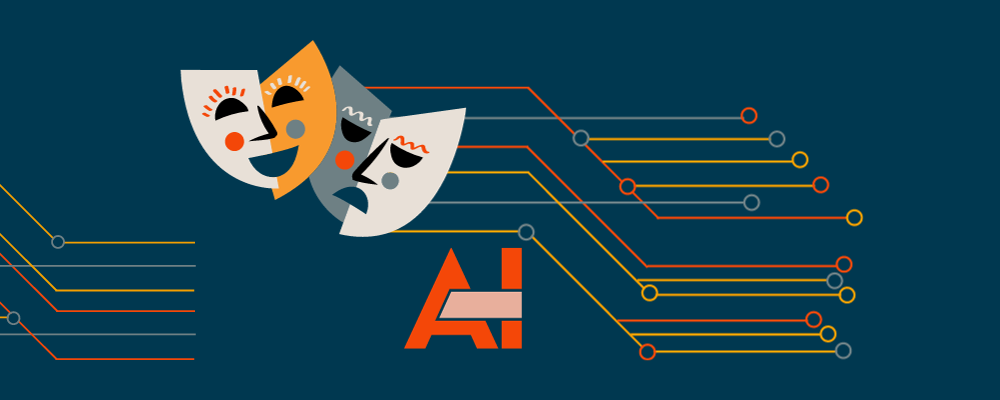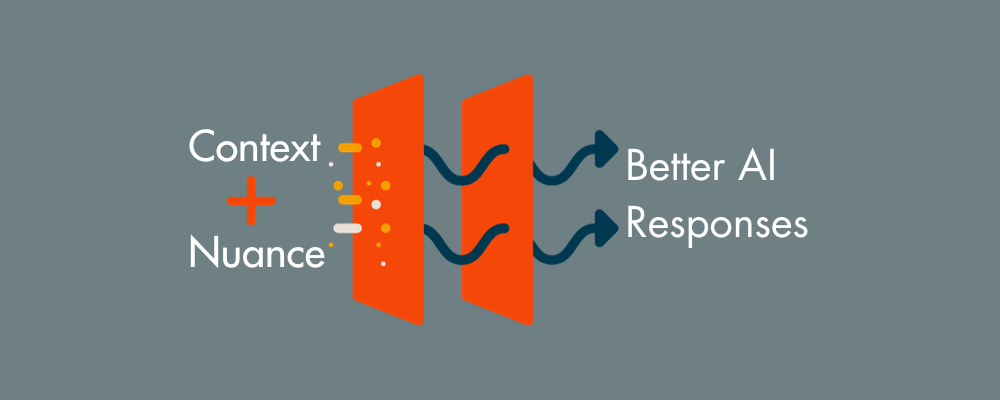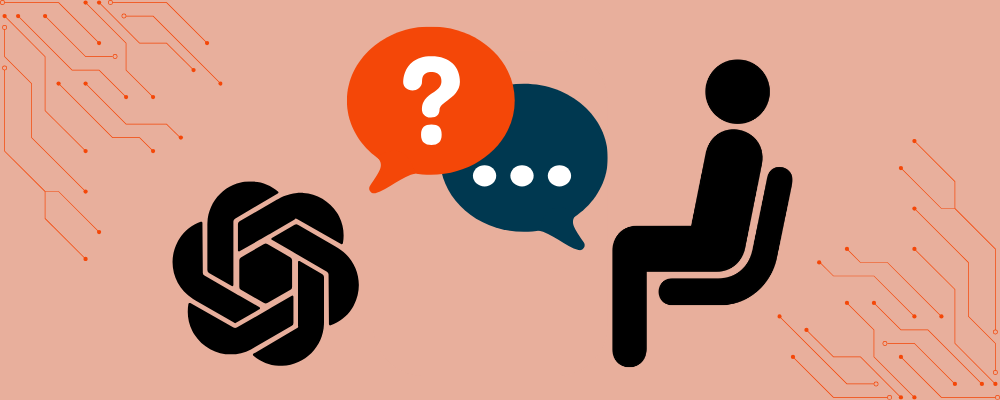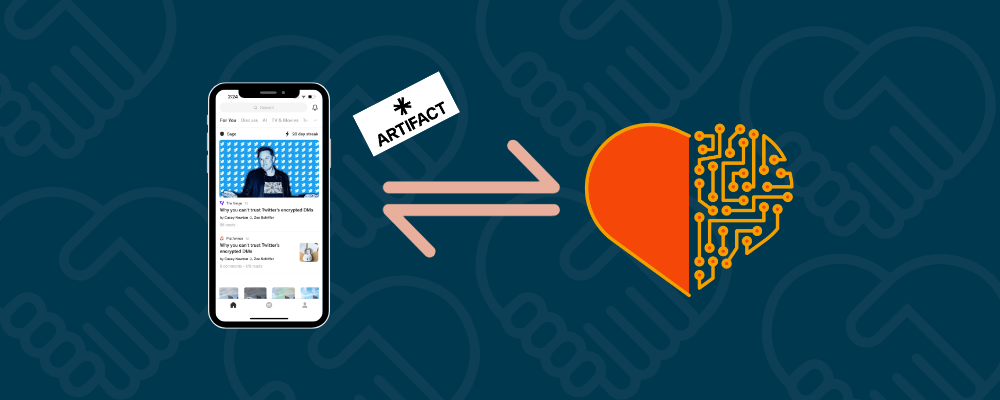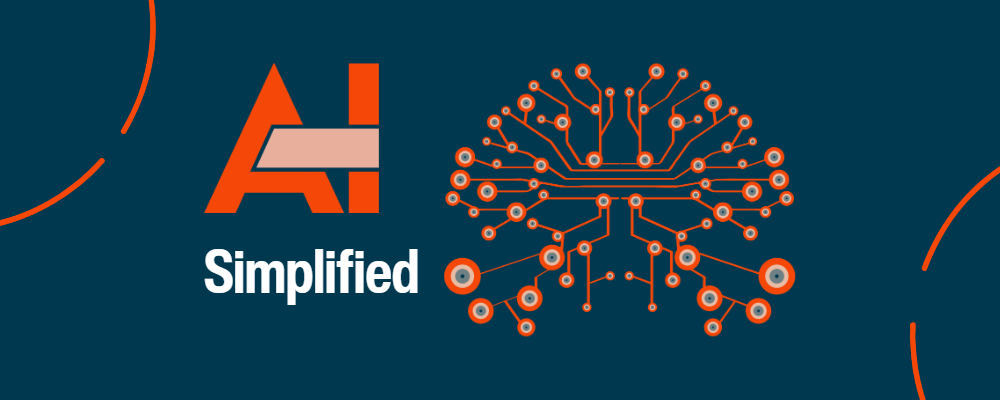Want Better Results from AI? Assign It a Role.
Assigning roles to Large Language Models (LLMs) like ChatGPT can dramatically improve the quality of your results.
Why?
Because it gives the AI a specific area of expertise or perspective – a ‘lens’ through which to focus its responses – which makes them more insightful and nuanced.
This guides the model to produce more accurate, relevant and high quality results.
For instance, tell ChatGPT it’s a copywriter and it taps into its extensive training data on copywriting to deliver high-quality, professional-level results.
But not all roles work equally well.
AI excels at some while struggling with others depending on available training data.
So, what’s the best approach to role assignments for newbies?
⚡ Example 1 ⚡
Basic Role: You are a highly experienced tax attorney specialized in international law
More Specific Role: You are a highly experienced tax attorney specialized in international law, with specific expertise in representing U.S. companies operating in Japan
⚡ Example 2 ⚡
Basic Role: You are a Financial Analyst in the entertainment industry.
More Specific Role: You are a Financial Analyst in the entertainment industry, skilled in budget forecasting, financial modeling, and analysis for large-scale film productions, with a strong grasp of the regulatory and compliance environment.
Role assignment is a creative thinking exercise. Ask yourself: “Who can best help me with this task if my imagination is the only limit?”
Creative and unconventional role assignments can unlock unique solutions. Experiment to find the best roles and specificity for each project or task.
And remember, every interaction with AI is a learning opportunity that can help fine-tune your prompts for increasingly better results.

